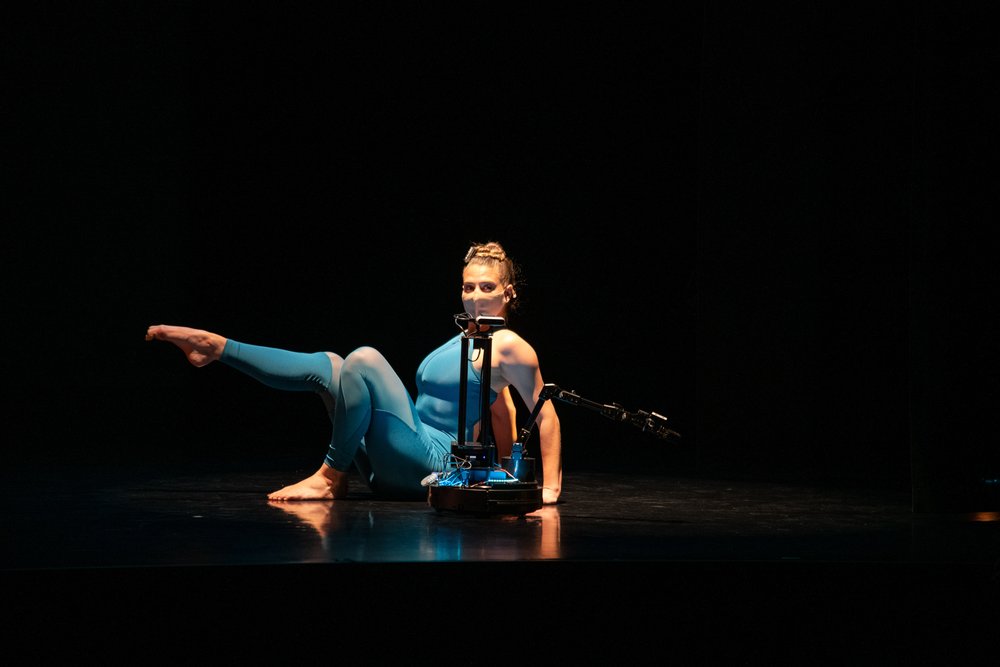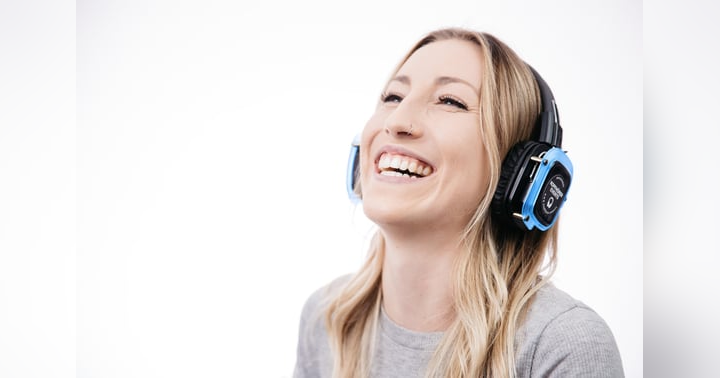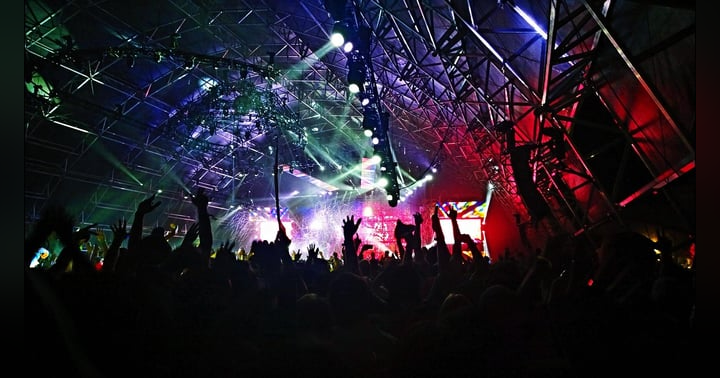Grooving to Choreorobotics

When Boston Dynamics, an engineering and robotics design company went viral for successfully creating the now famous Atlas dancing robots video, it caught more than a few people in the world of dance by storm. Would our jobs be threatened by robots too now? Well, preposterous right? Enter the fascinating world of Choreorobotics, a field that explores the convergence of dance choreography and robotics technology. At the forefront of this interdisciplinary domain is Dr. Kate Sicchio, so let's see what she has to say!
1. Dancers are extreme user testers
The age-old chicken and the egg question takes on new relevance in the realm of robotics and artificial intelligence. In our quest to create the perfect robot, we inevitably look to ourselves as the blueprint. But if humans are flawed, can we truly create flawless AI? This dilemma underscores the importance of understanding the human body, particularly in the context of movement.
Dancers, as custodians of the study of movement, occupy a unique position at this intersection of art and science. Our deep understanding of the body's capabilities and limitations makes us invaluable partners in the development of robotics. While many artists may shy away from technology, those who embrace it can lead the charge in shaping the future. So it’s no surprise that Choreorobotics has gained traction in recent years. The spring of 2021 saw Brown University dedicate a new class called Choreorobotics 0101 to this subject, while Kate’s work, Amelia and the Machine, was realized with the help of Patrick Martin, an assistant professor of electrical and computer engineering.
Throughout their collaboration, Kate and Martin discovered the unique role dancers play as "extreme user testers." Dancers possess a keen ability to explore and push the boundaries of movement, quickly identifying nuances and limitations in robotic capabilities that may elude traditional testing methods. As we venture further into Choreorobotics, the partnership between dancers and researchers will continue to be instrumental in unlocking new possibilities in movement and technology. We may not only expand the horizons of artistic expression but also contribute to the advancement of robotics in unprecedented ways. If you think your technology moves or reacts a certain way, dancers will find the movement or range you did not think about.
2. Robotics needs dance
In her piece "Terpsicode," Kate orchestrates a mesmerizing fusion of dance and coding. This innovative choreography serves as both a performance and a dynamic notation system, unfolding in real time as a live coder manipulates the programming language, Terpsicode. Through this process, intricate visual scores emerge, projected into the performance space and interpreted by the dancer.
These creative endeavors underscore a burgeoning synergy between human and artificial entities. Robotics stands to benefit greatly from the expertise of dancers, who possess a nuanced understanding of movement and excel at crafting motion through space, improvising movement, and imbuing gestures with meaning — an invaluable skill set that has the potential to enhance the capabilities of robots and robotics alike.
As the boundaries between human and artificial movement continue to blur, the collaboration between dancers and roboticists becomes increasingly vital. Together, they pave the way for a future where movement is not only choreographed but also co-created by humans and robots, forging new possibilities in artistic expression and technological innovation.
3. A robot arm is not a human arm
The world of robotics is as diverse as it is fascinating, and when it comes to showcasing the best moves, different types of robots offer unique advantages and challenges. Many researchers opt for simpler devices, often utilizing big industrial arms, which have become somewhat of a trope in the field. They may lack the aesthetic appeal of more humanoid robots, but they can still execute impressive choreography with precision.
On the other hand, companies like Boston Dynamics have pioneered the development of bipedal, humanoid robots that mimic human movement more closely. While these robots can create seamless dance spectacles, programming them is incredibly complex and time-consuming. The choreographed dances you see in videos are often the result of days of filming and meticulous editing, highlighting the challenges of coordinating movements for humanoid robots.
One of the biggest hurdles with humanoid robots for example, is maintaining balance and stability, especially during dynamic movements like jumping. The concept of center of gravity becomes particularly challenging, as any slight imbalance can cause the robot to fall over. This challenge is amplified when working with larger humanoid robots, as their size and weight make precise movements even more difficult to achieve.
Despite these challenges, Choreorobotics presents an exciting opportunity to explore new forms of movement and expression. While robots may never move exactly like humans, they offer a unique canvas for creativity and innovation. Pioneers in the field, like Dr. Kate Sicchio and others, are pushing the boundaries of what's possible, blending artistic vision with scientific expertise to create groundbreaking performances that inspire and captivate audiences. In the ever-evolving landscape of dance and robotics, there's endless potential for new discoveries and pioneering acts that redefine our understanding of movement and technology.
Check out the full episode here
17.09.2024















